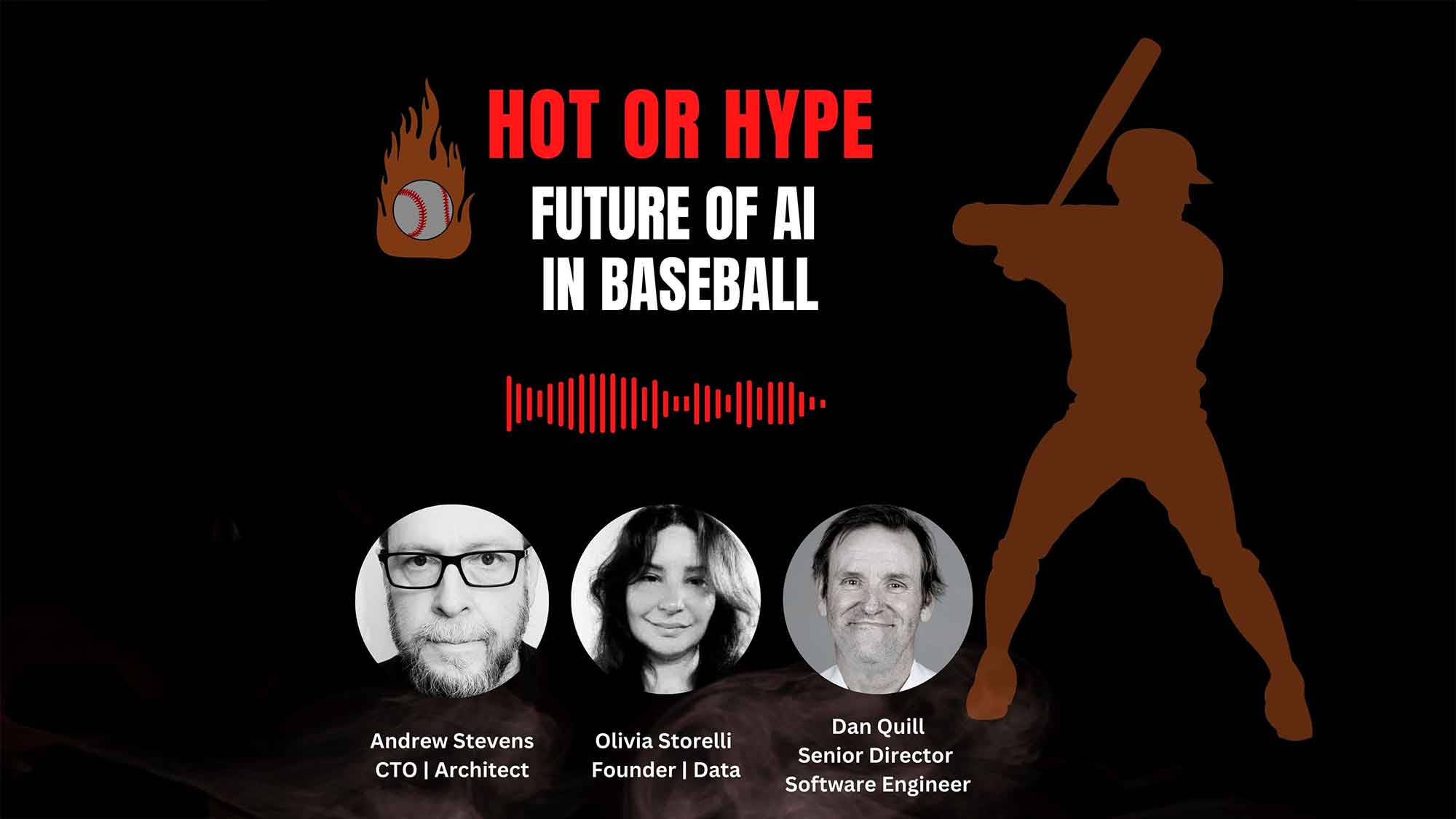The 2024 DORA Report offers a sweeping view of how software delivery and operational performance have evolved over the past decade. This year’s edition dives deep into transformative themes like artificial intelligence (AI), platform engineering, and the essential role of developer experience. For anyone involved in delivering software systems, this report is a treasure trove of insights—not just into the present state of DevOps but also into where we might be heading.
Key Insights and Their Implications
AI Adoption and the Trust Gap
Key Insight:
Generative AI adoption is growing, but 39.2% of respondents reported having little or no trust in AI. This trust deficit affects AI integration into workflows, even as users who trust AI report increased productivity.
Why It Matters:
Trust in AI systems is critical for their effective use. Transparency, explainability, and consistent performance are essential for fostering trust among users and stakeholders.
Industry Use Cases:
- Banking: Fraud detection models must be explainable and auditable to comply with regulations like Basel III. Building trust in these systems is vital for adoption.
- Gaming: AI-based matchmaking and content personalization depend on consistent, unbiased outcomes to maintain player engagement and loyalty.
- Ecommerce: AI-driven product recommendations must demonstrate reliability and relevance to sustain user trust and boost conversions.
Platform Engineering as a Productivity Driver
Key Insight:
Platform engineering boosts productivity and performance by creating reusable tools and centralized resources. However, misaligned implementations can hinder software delivery performance.
Why It Matters:
Platform engineering reduces cognitive load for developers, enabling teams to focus on value-driven tasks instead of repetitive operational work.
Industry Use Cases:
- Retail: Centralized CI/CD pipelines allow faster deployment of dynamic pricing algorithms during peak seasons.
- Hospitality: Platforms integrating IoT data with guest management systems streamline operations and improve customer experiences.
Strategy:
Invest in self-service platforms that abstract away complexity while maintaining flexibility. Ensure alignment with team workflows to avoid bottlenecks.
Cloud Enables Infrastructure Flexibility
Key Insight:
Flexible infrastructure drives higher organizational performance, but migrating to the cloud without adopting cloud-native practices can negate these benefits.
Why It Matters:
Simply moving workloads to the cloud without modernizing processes, such as adopting Infrastructure as Code (IaC) or containerization, can lead to inefficiencies.
Industry Use Cases:
- Banking: Cloud-native architectures enable faster rollout of customer-facing applications while meeting regulatory requirements.
- Ecommerce: Seasonal traffic spikes during events like Black Friday can be managed with auto-scaling infrastructure on platforms like AWS or GCP.
- Gaming: Real-time matchmaking systems leverage cloud elasticity to handle fluctuating player counts.
Strategy:
Adopt cloud-native practices like container orchestration (e.g., Kubernetes), serverless computing, and IaC to maximize the cloud’s potential.
User-Centric Development Drives Performance
Key Insight:
Organizations that prioritize user-centric design deliver higher-quality products and experience less developer burnout.
Why It Matters:
Aligning development with end-user needs ensures products are intuitive and impactful, driving satisfaction and performance.
Industry Use Cases:
- Gaming: Frequent user testing during game development ensures features resonate with player preferences.
- Hospitality: Personalization in guest booking and services leads to enhanced user satisfaction and brand loyalty.
Transformational Leadership Enhances Productivity
Key Insight:
Transformational leadership significantly improves productivity, job satisfaction, and organizational performance while reducing burnout.
Why It Matters:
Strong leaders inspire teams, create clarity in objectives, and ensure alignment with broader business goals.
Actionable Steps:
- Promote transparency in decision-making.
- Empower teams with autonomy and the resources to innovate.
- Foster a culture of continuous learning and collaboration.
Stable Priorities Reduce Burnout
Key Insight:
Unstable organizational priorities can decrease productivity and increase burnout, even in well-functioning teams.
Why It Matters:
Clear, stable objectives enable teams to focus on delivering quality outcomes without the stress of shifting goals.
Strategy:
Maintain a balance between long-term goals and short-term adaptability. Communicate changes effectively to minimize disruption.
High-Performing Teams Excel Across Metrics
Key Insight:
The highest-performing teams achieve excellence across all four DevOps metrics:
- Change lead time
- Deployment frequency
- Change failure rate
- Mean time to recovery (MTTR)
Why It Matters:
Organizations with high-performing teams are more resilient and deliver value faster.
Industry Use Cases:
- Banking: Faster deployment cycles enable fraud detection systems to stay ahead of threats.
- Ecommerce: Reduced MTTR minimizes downtime during high-traffic periods, preserving revenue.
Actionable Strategies for Technical Teams
- Build Trust in AI: Implement explainable AI frameworks and continuous monitoring to ensure reliability and transparency.
- Adopt Platform Engineering: Create reusable tools that align with team workflows to boost productivity.
- Embrace Cloud-Native Practices: Use containerization, IaC, and serverless computing to optimize infrastructure performance.
- Prioritize User-Centric Design: Conduct regular user testing and feedback loops to align development with end-user needs.
- Invest in Leadership Training: Equip leaders with skills to foster collaboration, innovation, and clear goal-setting.
- Maintain Stable Objectives: Align organizational priorities with clear, achievable goals to reduce stress and increase focus.
The Critical Next Steps
The DORA 2024 report is more than just a status review on how far DevOps practices have come—it’s a roadmap for what lies ahead. For data engineers and architects, it highlights the growing need for precision in designing pipelines, governance in integrating AI, and vigilance in securing systems.
The future of AI adoption depends on our ability to embrace these best practices. Delaying action is no longer an option; the pace of technological evolution demands immediate, deliberate efforts to build scalable, secure systems that meet the challenges of today and the innovations of tomorrow. As engineers, we are not just building systems—we are architecting the backbone of modern business strategy.








